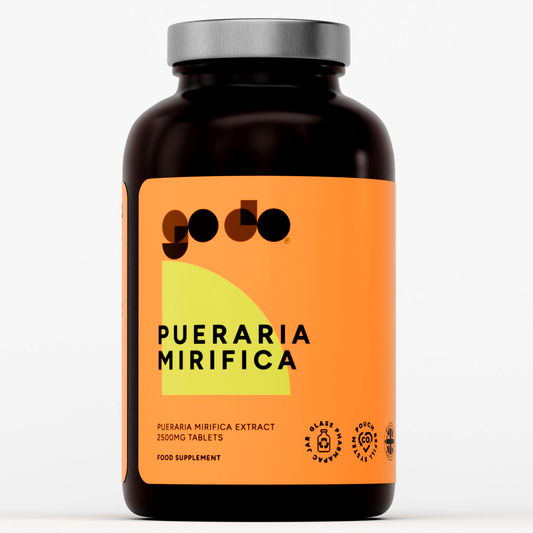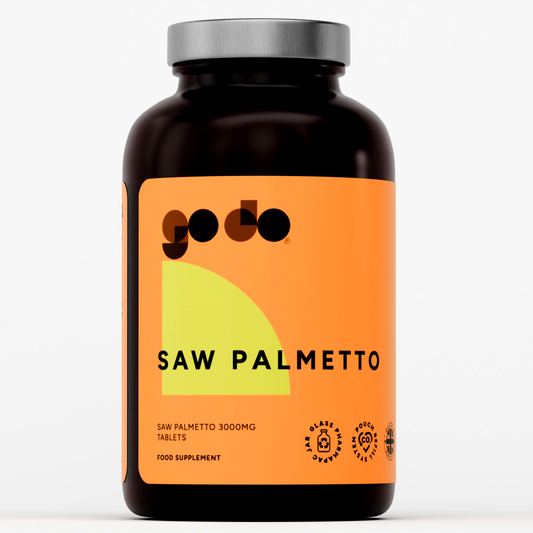SkiErg and a Rower, often known as gym equipment and ergometers, use the same flywheel resistance and electronic monitoring systems. These power machines have the same measurements, read data the same way, and can fit in any exercise space easily. Both feature robust construction, making them last forever.
Although many features are similar, these are quite different when you get down to it.
Let’s look into the differences between these exercising machines!
How an Ergometer’s Features Differ?
SkiErg takes the active sport of Nordic Skiing, whereas Rower takes the principle of a rowing screw on an actual boat and applies it to an indoor setting.
The rowing machine uses a single handle and chain, whereas the SkiErg has two handles connected by a rope, allowing arms to move together or separate.
Which Muscles get Worked?
Rowing is lower body dominant, whereas, the SkiErg is upper body focused. The main muscles that the SkiErg machine targets are those of the arms and core (this includes the triceps, biceps, and the abs). The abdominal muscles are also heavily engaged during SkiErg workouts, providing stabilization and contributing to core strength. The secondary muscles, when it comes to being targeted, are the quadriceps and glutes.
The rowerg machine works on your upper back, mid-back (at either side of your torso), the front and back of your thighs, shoulders, and leg muscles. Your core muscles, biceps, and forearms are worked on, too. Rowing activates every large muscle group in the body, with more leg muscle activation compared to the SkiErg.
Both machines provide a considerable lower back workout if you are using them correctly. However, not at the same magnitude as you would get using the rowerg machine.
Rowers stand out compared to a SkiErg because of the higher count of muscles being worked and the involvement of more movements and a greater variety of muscular actions. Rowing machines are popular in gyms for a full body workout and low-impact workouts.
How do Ergometers Work?
The way these ergometers work differ. Both machines involve a fluid motion that mimics natural athletic movements. SkiErg begins with the body extended and arms bent. Next, it contracts the core and closes at the hips, bends the legs and extends the arms to finish in a compressed position. The SkiErg works specific muscle groups depending on your technique.
The Rower starts in a compressed position with arms extended. Next, it straightens the legs and makes you open at the hips. Finally, to finish, you need to pull the arms in an extended position.
Benefits of a Mixed-Ergometer Workout!
Pairing both to create one exercise can spice up your fitness regime. Combined workouts with the SkiErg and Rower are complementary using different movements and muscles. Both machines provide a good workout for high intensity interval training, strength training and cardiovascular health, increasing heart rate and improving endurance.
Spending long hours, during winter, on the Rower is excellent preparation for getting back on the water in the spring, but it can create an imbalance. Rotating with some complimentary workouts can help offer a change of pace; it aids in balancing your opposing muscles during training sessions.
The Rower opens at the hip, whereas SkiErg closes at the hip. Changing different exercise modes allows one set of muscles to recover while another set does more work, allowing for longer workouts.
Furthermore, both offer a change of position. Concept 2 Rower gives a chance for a seated exercise, whereas the SkiErg provides an opportunity to stand.
You can ask your workout partner to join to make the training sessions less dull or daunting. Your partner can ski while you row, and vice versa.
In the case of lower body injuries or someone who would only want an upper body workout, the SkiErg would be a better option. It works in a seated position to isolate the upper body muscles.
Here is a workout idea!
You can alternate a four-minute row with a four-minute ski, along with one to three minutes of rest in between. Repeat four to eight sets; the work intensity should be the maximum athlete's effort you can give during each set. The resistance on the rower responds directly to the athlete's effort, simulating real rowing conditions. The shorter the rest period, the more helpful it will be to increase your muscular endurance.
Wrapping It Up
Though there are some differences, as well as similarities when it comes to the SkiErg and Rower, both are complimentary if used properly to meet your fitness goals . You should consider putting the two together to work your entire body.
Design and Construction: SkiErg vs Rower Concept 2
When it comes to nurturing your body through mindful movement, both the SkiErg and Rower Concept 2 offer beautiful pathways to support your wellness journey. The SkiErg embraces you with its gentle vertical design, making it a wonderful companion for those who cherish their sacred space—whether you're creating a peaceful home sanctuary or working within a community fitness environment. Its upright nature allows you to honor your space by nestling it thoughtfully into any corner, creating room for healing movement without overwhelming your environment.
The SkiErg's heart lies in its high-strength cord system that flows like silk yet holds the strength of nature itself, delivering incredibly light yet powerful resistance. This thoughtful engineering creates a smooth, responsive rhythm with each loving pull, making it perfect for those seeking energizing interval sessions or gentle, joint-friendly movement that honors your body's needs. The optional floor stand provides grounding stability, allowing you to focus on powerful yet controlled movements that lovingly engage your upper body and nurture your core strength from within.
In beautiful contrast, the Rower Concept 2 offers a traditional horizontal embrace, providing a classic rowing experience that gently cradles your entire being in movement. Its flywheel and natural air resistance system intuitively responds to your energy, creating a harmonious dance where your effort meets resistance in perfect balance. This responsive partnership helps you lovingly engage multiple muscle groups—your legs, back, and core working together in unity—making it a cherished choice for nurturing your cardiovascular health and supporting your body's natural ability to burn energy efficiently. The supportive seated position welcomes longer sessions of mindful movement, while the sturdy frame stands ready to support your most dedicated wellness practices.
Both machines are crafted with deep care for longevity, featuring strong frames and thoughtfully designed handles that honor comfort and control in every session. Whether you're standing tall in empowered movement on the SkiErg or flowing through rhythmic rowing on the Rower Concept 2, you'll feel the loving attention to detail that supports your wellness journey.
Ultimately, your choice between these two beautiful machines should reflect your personal wellness goals and the space that nurtures you best. If your heart calls for focused upper body and core strengthening through gentle, joint-friendly movement, the SkiErg offers a compact, versatile path to wellness. If you're drawn to full-body movement that embraces your entire being and supports your body's natural vitality, the Rower Concept 2 is a trusted companion on your fitness journey. For those blessed with space and resources, consider welcoming both machines into your wellness practice—they complement each other beautifully and together can help you nurture different aspects of your strength, support your endurance naturally, and create a balanced, holistic approach to caring for your body.










1 comment
I think you meant “complementary”